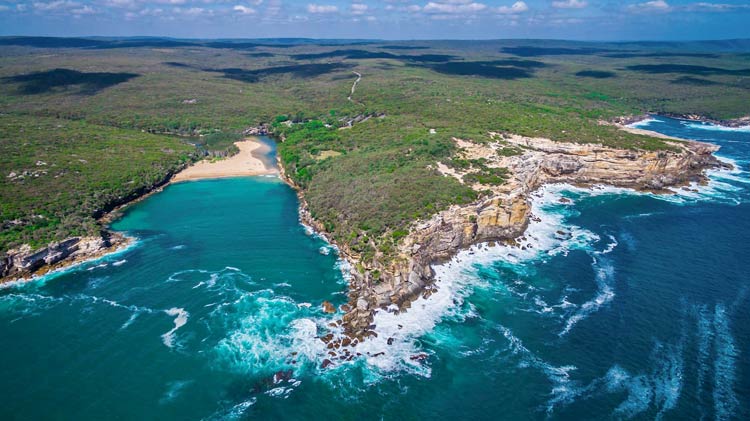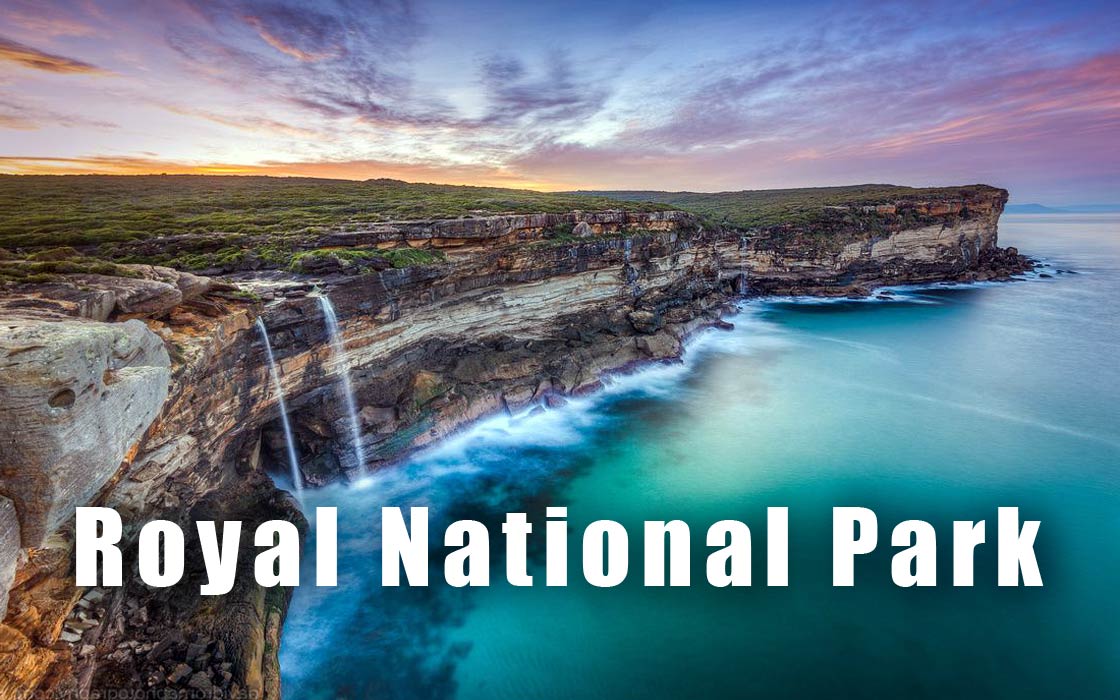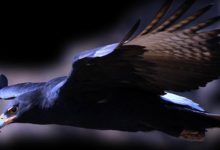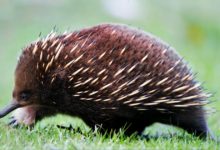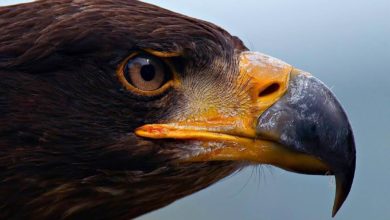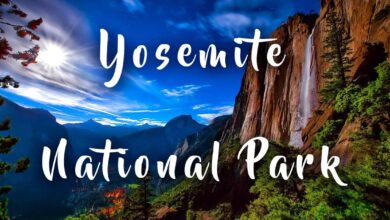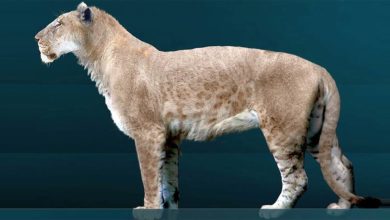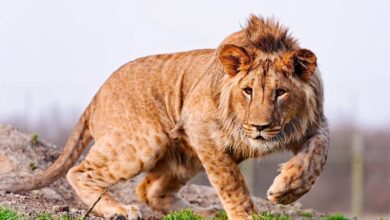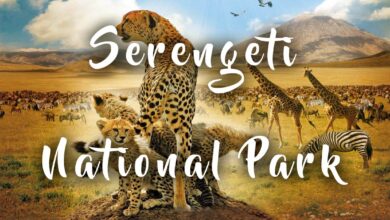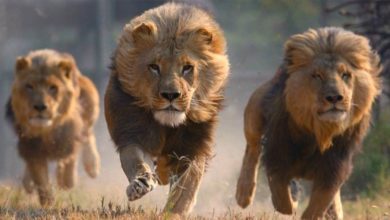The Royal National Park
The Royal National Park: Australia’s Crown Jewel of Conservation
Discover the Wonders of The Royal National Park: A Journey into Nature’s Timeless Marvels. Nestled in the enchanting embrace of Australia’s stunning coastline lies an emerald gem that has captured the hearts of nature enthusiasts and casual explorers alike – The Royal National Park. Spanning over 15,000 hectares of pristine wilderness, this captivating wonderland is a treasure trove of biodiversity, history, and adventure that leaves its visitors in awe.
As the second oldest national park in the world, The Royal National Park has etched its mark not only on the annals of conservation history, but also on the souls of those fortunate enough to wander through its mesmerizing landscapes. In this article, we will embark on a journey of discovery and delve deep into the heart of this majestic park, unearthing the secrets, stories, and natural splendors that make it the crowning jewel of Australia’s wilderness. So lace up your hiking boots, grab your binoculars, and join us as we traverse the verdant trails and golden beaches of this remarkable sanctuary, where every turn reveals a new and fascinating facet of our planet’s incredible beauty.
Nestled just south of Sydney lies the Royal National Park, a stunning expanse of lush forests, pristine beaches, and rugged cliffs that has enchanted visitors for over a century. This historic park, the second-oldest national park in the world, is a true gem of Australia’s natural beauty, offering endless opportunities for adventure, relaxation, and exploration. Whether you’re a seasoned hiker or simply seeking a peaceful escape from the city, the Royal National Park is an experience you won’t soon forget.
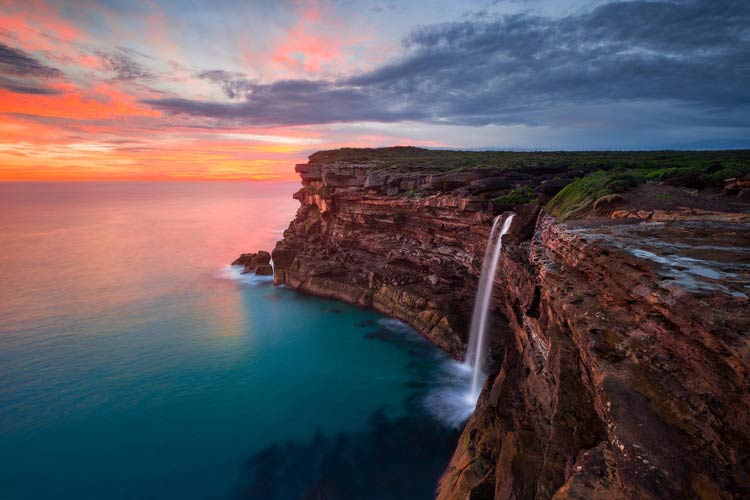
Location
The Royal National Park is located in the state of New South Wales, Australia, about 30 kilometers (19 miles) south of the city of Sydney.
Basic Facts About The Royal National Park
- Established in 1879, it is the second-oldest national park in the world.
- Covers an area of 15,068 hectares (37,232 acres).
- Offers a diverse range of landscapes, including forests, beaches, cliffs, and waterways.
- Home to a variety of wildlife, including kangaroos, wallabies, echidnas, and over 200 species of birds.
- Features over 140 kilometers (87 miles) of trails for hiking, cycling, and horseback riding.
- Provides opportunities for camping, picnicking, fishing, and other recreational activities.
- Located approximately 30 kilometers (19 miles) south of Sydney, near the coast.
These are just a few of the many features that make the Royal National Park a unique and fascinating destination.

History and name of the park
The Royal National Park has a rich history dating back to the late 19th century. Originally established as the “National Park” in 1879, it was the first national park in Australia and the second in the world after Yellowstone National Park in the United States. The park was later renamed the “Royal National Park” in 1955 to celebrate its 75th anniversary.
The park’s name honors the British monarchy and reflects its status as a protected and treasured natural area. Over the years, the Royal National Park has become an iconic destination for visitors from around the world, who come to experience its breathtaking landscapes, abundant wildlife, and endless opportunities for adventure and recreation. Whether you’re a local or a tourist, the Royal National Park is sure to leave a lasting impression.
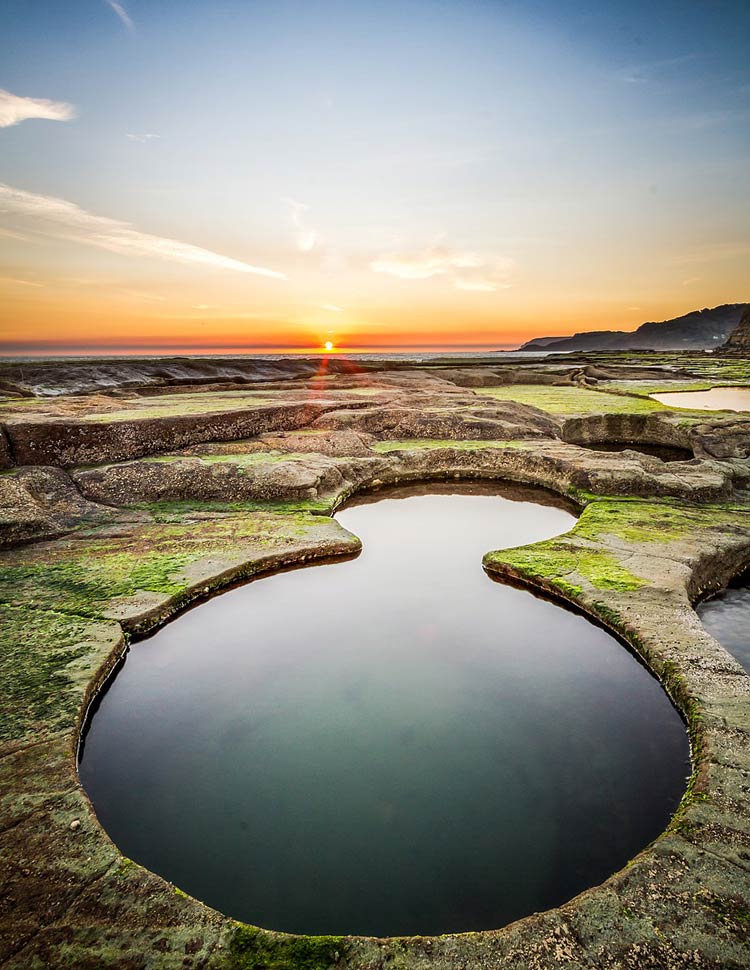
Geography of the park
The Royal National Park is located on the southeastern coast of New South Wales, Australia and covers an area of 15,068 hectares (37,232 acres). The park features a diverse range of landscapes, including forests, beaches, cliffs, and waterways, that provide habitat for a variety of plant and animal species.
The park is bordered by the Pacific Ocean to the east and is characterized by its rolling hills, deep valleys, and rugged coastline. The interior of the park is dominated by eucalyptus forests, with a diverse understory of shrubs and ferns. There are also several freshwater creeks and rivers that flow through the park, providing important habitats for fish and other aquatic animals.
The park’s varied geography also creates a range of microclimates, from the dry, exposed coastal areas to the cooler, moist forests. These diverse habitats support a wide variety of wildlife, including kangaroos, wallabies, echidnas, and over 200 species of birds.
Overall, the Royal National Park’s unique geography and stunning landscapes make it a must-see destination for anyone visiting the Sydney area.
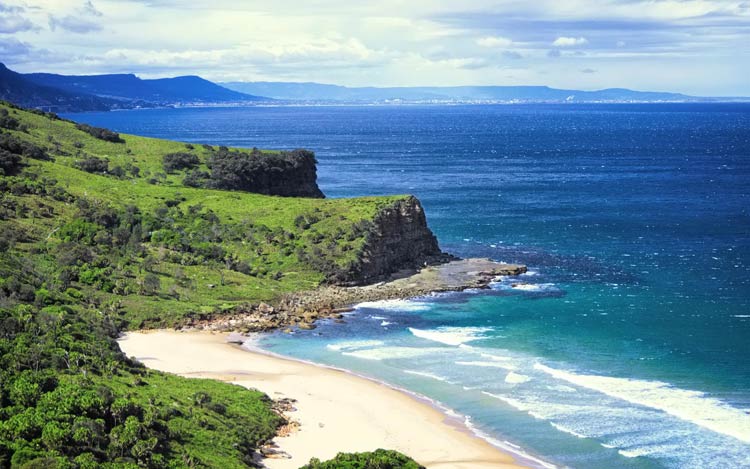
Features of the park
The Royal National Park is home to a wide variety of natural and cultural features that make it a truly special place. Here are some of the most notable features:
- Diverse landscapes
The park offers a range of landscapes, including forests, beaches, cliffs, and waterways, each with its own unique beauty and character. - Wildlife
The park is home to a variety of wildlife, including kangaroos, wallabies, echidnas, and over 200 species of birds. - Trails
The park features over 140 kilometers (87 miles) of trails for hiking, cycling, and horseback riding, allowing visitors to explore its breathtaking landscapes and diverse habitats. - Recreational activities
The park provides opportunities for camping, picnicking, fishing, and other recreational activities, making it a popular destination for families and outdoor enthusiasts. - Cultural sites
The park also features several important cultural sites, including Indigenous heritage sites and historic buildings, that offer a glimpse into the rich history of the area. - Scenic vistas
The park offers several scenic vistas, including lookouts and viewing platforms, that provide panoramic views of the surrounding landscapes and ocean.
These are just a few of the many features that make the Royal National Park a unique and fascinating destination. Whether you’re a nature lover, a hiker, or simply seeking a peaceful escape from the city, the park has something for everyone.
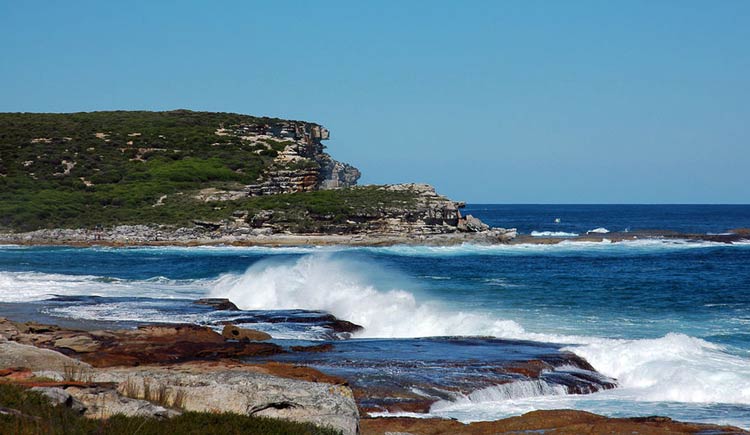
Geology of the park and surrounding areas
The geology of the Royal National Park and surrounding areas is dominated by sandstone and shale formations, with smaller areas of basalt and siltstone. These rock formations were created over 200 million years ago and have since been shaped by erosion and other geological processes, creating the rugged and diverse landscapes that are found in the area today.
The sandstone formations in the park are some of the oldest in Australia, and they provide important insights into the Earth’s early history. The sandstone cliffs along the coast, in particular, are a standout feature of the park, rising dramatically from the ocean and providing stunning views of the surrounding landscape.
The shale formations in the area are also important geologically, as they contain rich seams of coal that have been mined in the area for over a century. These coal deposits have played a significant role in the development of the local economy and have shaped the landscape of the region in many ways.
The geology of the Royal National Park and surrounding areas is an important part of the park’s natural and cultural heritage, and it provides a fascinating backdrop for visitors to explore and enjoy.
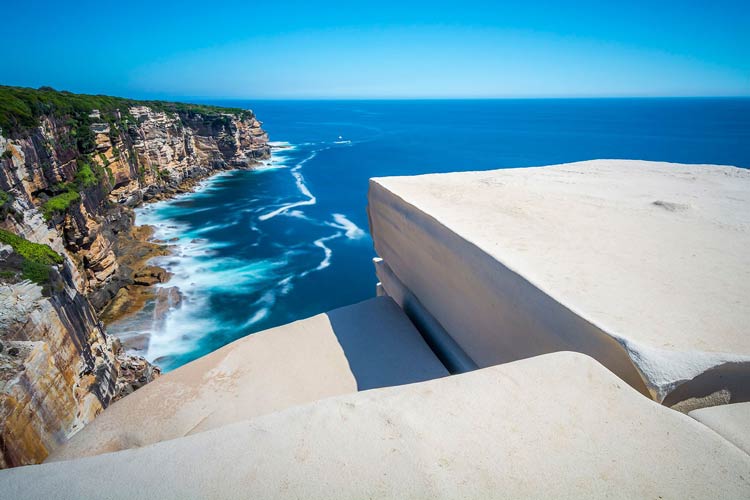
Climate of the park
The climate of the Royal National Park is characterized by warm summers and cool winters. The park’s location on the southeastern coast of Australia exposes it to prevailing southerly winds, which bring cool air from the ocean and help to moderate temperatures in the summer.
- Summer
During the summer months (December to February), temperatures average between 20-25°C (68-77°F), with occasional heat waves that can bring temperatures up to 30°C (86°F) or more. - Winter
In the winter months (June to August), temperatures are cooler, averaging between 10-15°C (50-59°F), with occasional cold fronts that can bring temperatures down to below 5°C (41°F). Nighttime temperatures can be even colder, sometimes dropping below freezing.
The park receives relatively high levels of rainfall throughout the year, with the wettest months being June to August. This rainfall helps to maintain the park’s lush vegetation and support the diverse wildlife that lives there.
The climate of the Royal National Park is temperate and supportive of the park’s diverse habitats and wildlife. Whether you’re visiting in the summer or winter, the park offers a unique and fascinating environment to explore and enjoy.
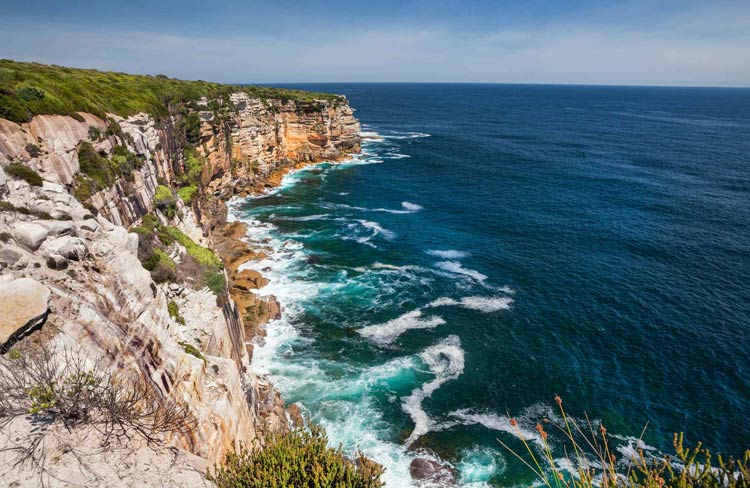
Flora in The Royal National Park
The Royal National Park is home to a diverse range of plant life, with over 1,000 species of plants, including both native and introduced species. Here are a few of the most notable types of flora found in the park:
- Eucalyptus forests (Eucalyptus spp.)
Eucalyptus forests are the dominant vegetation type in the park, with several species of eucalyptus trees, including Sydney Blue Gum (Eucalyptus saligna) and Forest Red Gum (Eucalyptus tereticornis), providing the canopy. - Coastal heaths (Leucopogon spp., Banksia spp.)
The park’s coastal areas are dominated by heaths, with a mix of shrubs and herbs, including species of Leucopogon and Banksia, that are adapted to the dry, exposed conditions. - Rainforests (Doryanthes excelsa, Ficus spp.)
The park’s valleys and creek systems support pockets of rainforest, with species such as Gymea Lily (Doryanthes excelsa) and fig trees (Ficus spp.) providing the canopy. - Wetlands (Lomandra longifolia, Typha spp.)
The park’s wetlands support a variety of reeds and grasses, including species of Lomandra and Typha, that provide important habitats for waterbirds and other aquatic animals.
These are just a few examples of the diverse plant life that can be found in the Royal National Park. Whether you’re interested in forests, coastal heaths, rainforests, or wetlands, the park offers a unique and fascinating opportunity to explore and appreciate the beauty and diversity of the natural world.

Fauna in The Royal National Park
The Royal National Park is home to a rich and diverse array of wildlife, with over 330 species of animals, including both native and introduced species. Here are a few of the most notable types of fauna found in the park:
- Marsupials (Kangaroos, Wallabies)
The park is home to several species of marsupials, including the Eastern Grey Kangaroo (Macropus giganteus) and Swamp Wallaby (Wallabia bicolor). - Birds (Lyrebirds, King Parrots, Honeyeaters)
The park is also an important bird habitat, with over 200 species of birds having been recorded in the area. Notable species include the Superb Lyrebird (Menura novaehollandiae), the King Parrot (Alisterus scapularis), and several species of Honeyeaters (Meliphagidae). - Reptiles (Lizards, Snakes, Turtles)
The park is also home to a variety of reptiles, including several species of lizards, such as the Blue-tongued Lizard (Tiliqua scincoides), as well as several species of snakes, such as the Diamond Python (Morelia spilota), and turtles, such as the Eastern Long-necked Turtle (Chelodina longicollis). - Amphibians (Frogs, Toads)
The park’s streams and wetlands support a variety of amphibians, including several species of frogs and toads, such as the Green Tree Frog (Litoria caerulea) and the Common Eastern Froglet (Crinia signifera).
These are just a few examples of the diverse wildlife that can be found in the Royal National Park. Whether you’re interested in marsupials, birds, reptiles, or amphibians, the park offers a unique and fascinating opportunity to explore and appreciate the diversity of the animal kingdom.
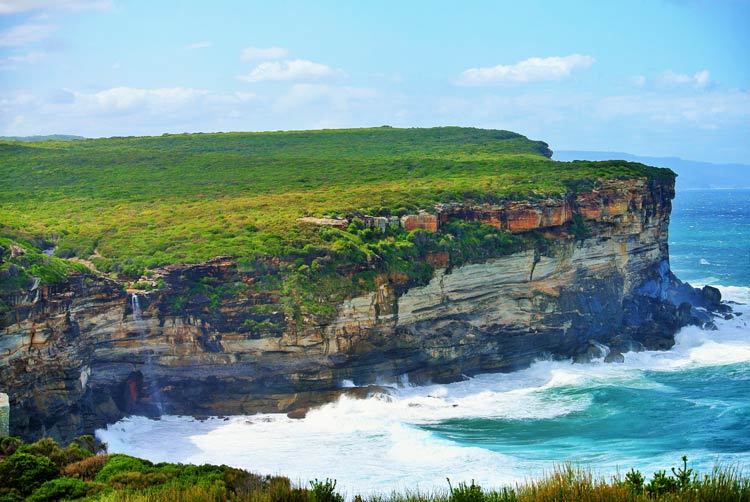
Tourism and tourist main attractions in the park
The Royal National Park is a popular tourist destination, attracting over 4 million visitors each year. Here are some of the main tourist attractions and activities in the park:
- Hiking
The park offers over 130 km of hiking trails, ranging from easy walks to challenging treks, providing visitors with the opportunity to explore the park’s diverse landscapes and diverse flora and fauna. - Scenic Drives
There are several scenic drives within the park, including the Grand Drive and the Coast Track, offering stunning views of the park’s coastline and landscapes. - Beaches
The park is home to several beautiful beaches, including Wattamolla and Garie Beach, that are popular for swimming, sunbathing, and surfing. - Camping
The park offers several camping grounds, including Bonnie Vale and North Era, providing visitors with the opportunity to experience the park’s beauty and wildlife up close. - Fishing
Fishing is allowed in the park’s rivers, lakes, and ocean bays, with several popular fishing spots, including Hacking River and Port Hacking, providing opportunities for both freshwater and saltwater fishing.
There are many attractions and activities available in the Royal National Park. Whether you’re interested in hiking, scenic drives, beaches, camping, or fishing, the park offers a wealth of opportunities for visitors to enjoy and explore its natural beauty and diversity.
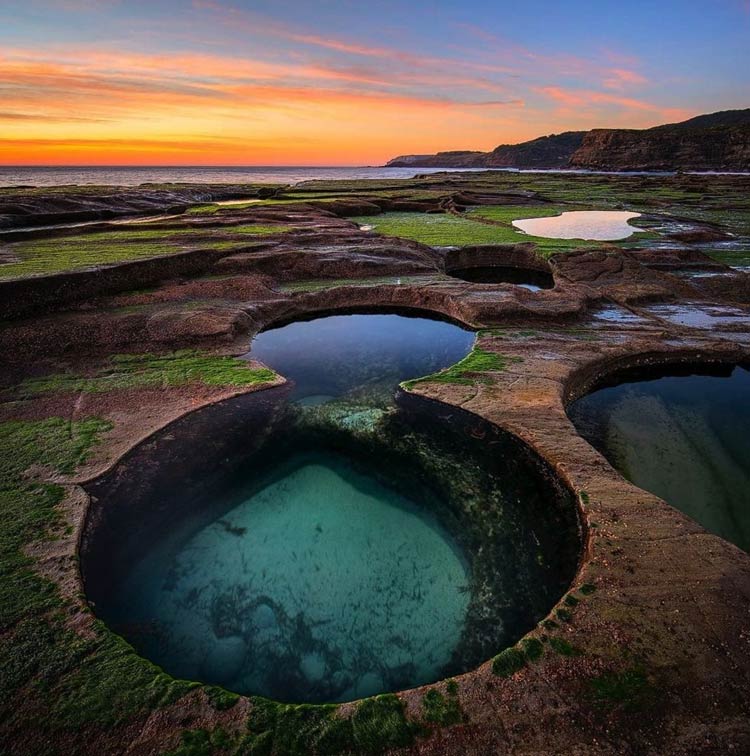
How To Reach To The Royal National Park?
The Royal National Park is located in New South Wales, Australia, and can be reached by various means of transportation:
- By car
The park is located about 30 minutes drive from Sydney and can be reached by car via the Princes Highway. There are several car parks available within the park. - By public transport
Visitors can take the train to Loftus Station, and then catch a bus to the park. - By ferry
The park can also be reached by ferry from Sydney, with services running from Circular Quay to Cronulla, and then connecting with a bus to the park. - By bike
The park is also accessible by bike, with bike rental facilities available in some nearby towns.
Best Time To Visit The Royal National Park
The best time to visit the Royal National Park depends on the activities you plan to do and the type of weather you prefer. However, here are some recommendations:
- Summer (December to February)
This is the warmest time of the year and is ideal for swimming, fishing, and picnicking. - Autumn (March to May)
The weather is mild and temperatures are ideal for hiking, camping, and wildlife watching
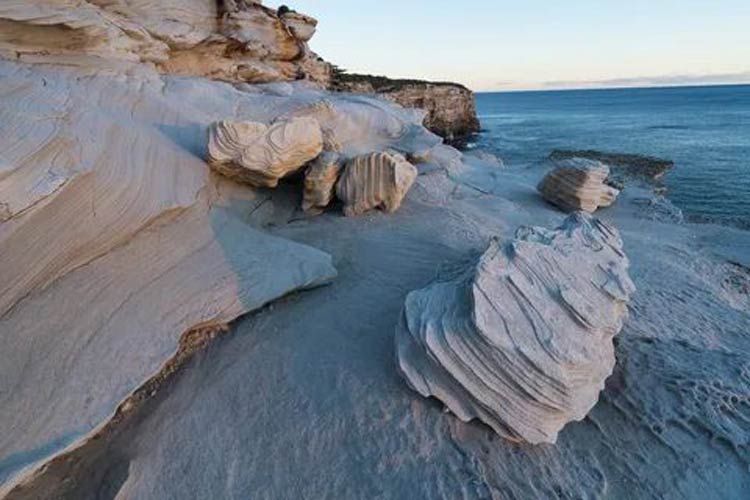
The Royal National Park in numbers
- Size: The park covers an area of 15,099 hectares (37,365 acres).
- Age: The park was established in 1879, making it the second-oldest national park in the world.
- Visitors: The park attracts over 4 million visitors each year.
- Hiking trails: The park has over 130 km (81 miles) of hiking trails.
- Beaches: The park has several beautiful beaches, including Wattamolla and Garie Beach.
- Camping grounds: There are several camping grounds within the park, including Bonnie Vale and North Era.
- Fishing: Fishing is allowed in the park’s rivers, lakes, and ocean bays.
- Wildlife: Over 200 species of birds and a diverse range of other wildlife, including marsupials, reptiles, and amphibians, can be found in the park.
These numbers give a snapshot of the size and diversity of the Royal National Park, and the many opportunities it offers for visitors to explore and enjoy its natural beauty and wildlife.
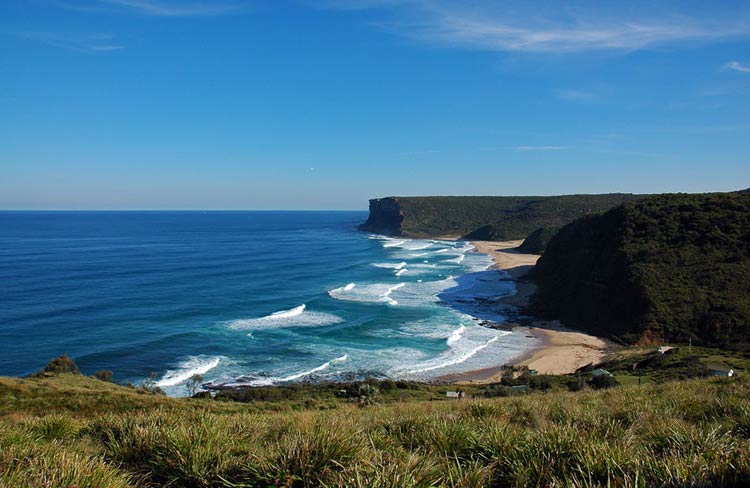
Interesting facts about The Royal National Park
- Second-oldest national park
The Royal National Park is the second-oldest national park in the world, established in 1879, just five years after the creation of Yellowstone National Park in the United States. - UNESCO Biosphere Reserve
The park was designated as a UNESCO Biosphere Reserve in 1976, recognizing its importance as a protected area for biodiversity and sustainable development. - Iconic landscapes
The park is home to a range of iconic landscapes, including coastal cliffs, rolling hills, forests, rivers, and lakes, making it a popular destination for hiking, scenic drives, and outdoor recreation. - Rare and endangered species
The park is home to a number of rare and endangered species of plants and animals, including the Eastern Suburbs Banksia Scrub, which is found only in a few locations within the park, and the Green and Golden Bell Frog, a critically endangered species of frog. - Film location
The park has been used as a location for several films and television shows, including the popular Australian film “Mad Max 2” and the television series “Home and Away.” - Rich cultural heritage
The park has a rich cultural heritage, with evidence of Indigenous occupation and use of the park’s lands and waterways for thousands of years.
These are just a few examples of the interesting and unique facts about the Royal National Park, which continues to be a popular destination for visitors and a valuable protected area for biodiversity and sustainable development.

Q&A (questions and answers) about The Royal National Park
Q: What is the Royal National Park in Australia?
A: The Royal National Park is a protected area located in New South Wales, Australia, established in 1879 and was the second national park in the world.
Q: What is the size of the Royal National Park?
A: The Royal National Park covers an area of 15,067 hectares.
Q: What type of wildlife can be found in the Royal National Park?
A: The Royal National Park is home to a diverse range of wildlife, including native mammals, birds, reptiles, and amphibians. Some species found in the park include eastern grey kangaroos, echidnas, goannas, and various species of birds such as the lyrebird and the powerful owl.
Q: What activities can be enjoyed in the Royal National Park?
A: Visitors can enjoy a range of activities in the Royal National Park, including hiking, camping, fishing, picnicking, and wildlife watching. The park also offers scenic drives and lookout points, providing opportunities for scenic views and birdwatching.
Q: What are the main attractions in the Royal National Park?
A: Some of the main attractions in the Royal National Park include Wattamolla Beach, the Figure Eight Pools, the Uloola Falls, and the Audley Dance Hall. There are also several walking tracks and picnic areas, as well as camping grounds and accommodation options.
